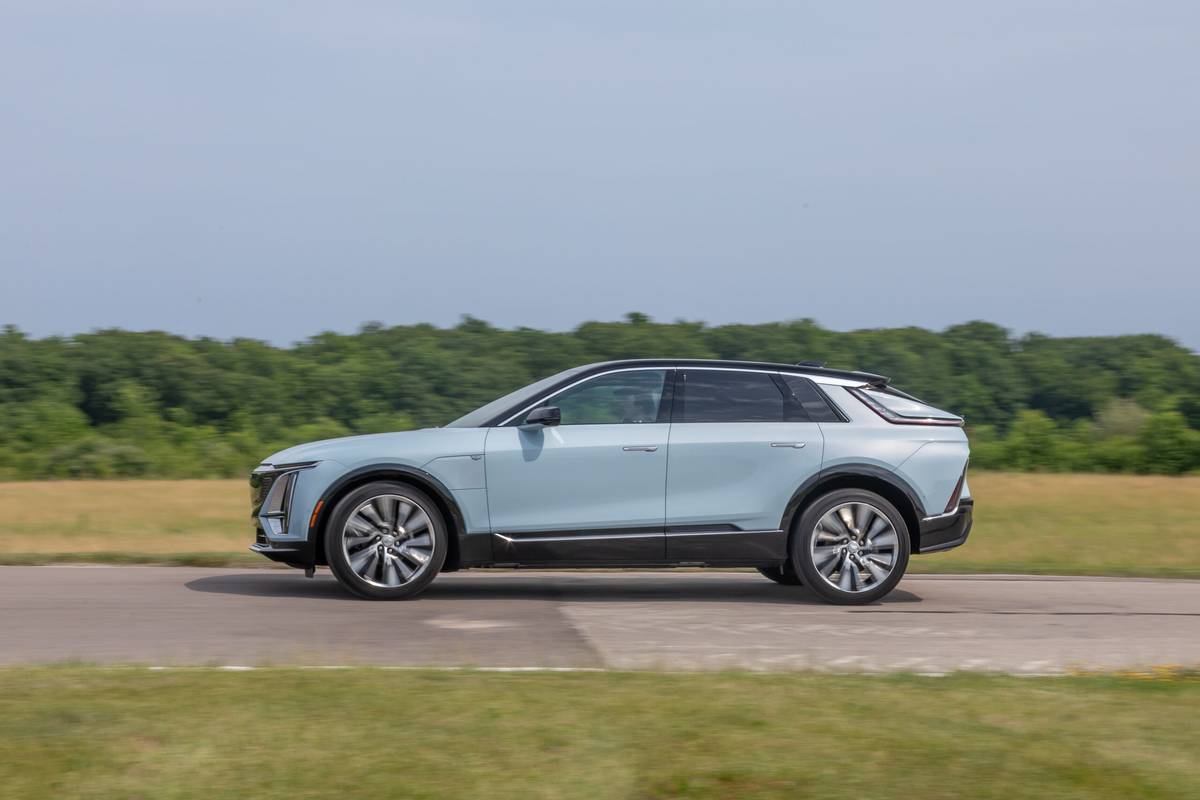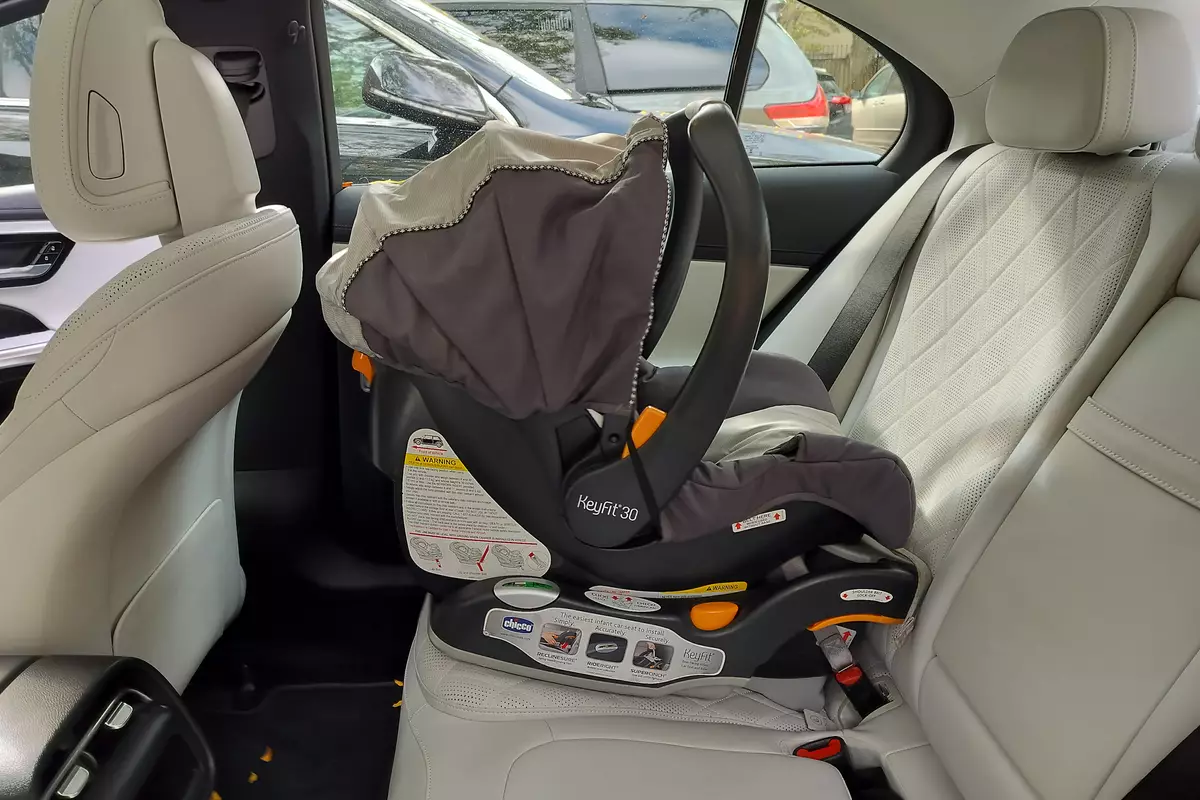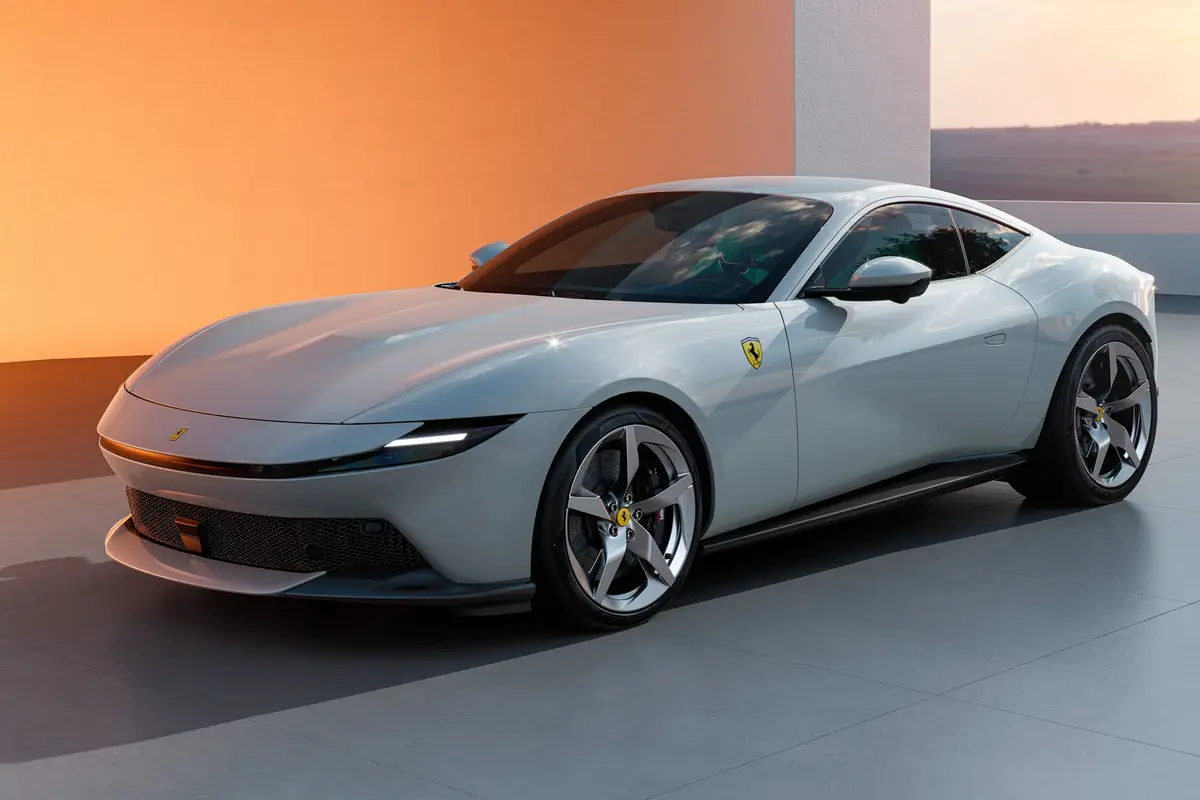chicagotribune.com's view
There hasn’t been this much attention paid to a rear end since Pontiac brought out the Aztek or Britney Spears began peddling Pepsi.
The all-new 2002 BMW 7-Series sedan comes with a tail criticized for its size–specifically a deck lid that critics insist stands too high.
Considering the ’02 BMW 745i we tested starts at just less than $68,000, tops $75,000 with a few options and probably will make it into the garages of only about 20,000 people each year, we can’t figure out all the fuss. BMW defends the design by saying it opted to raise the roof line so occupants could enjoy more comfort in the cabin. To effect the taller roof, it had two choices: raise the deck lid or lengthen the car even more. Considering you already need sonar sensors in back to ensure you don’t hit objects behind this very long machine, the taller deck lid made sense.
Pretty?
Depends on the color. The 745i we tested was a dark blue, which helped camouflage the size of the deck lid. But focusing on the 7-Series’ behind takes attention away from other gripes, one being small outside mirrors that you can’t adjust to get a proper field of vision, and the other being a litany of gadgets and gizmos so extensive it will be time to head back to the dealership for the next generation before you master them all.
7-Series novelties fall into the love/hate category. If you are a dot.com sophisticate, you’ll love all the devices. If your VCR is still blinking 12:00 since the switch to central standard time, you may be in the hate camp.
Consider that:
– To start the 745 you insert a plastic fob into a slot on the dash, put foot on brake and then press the engine “on” button. Forget to press the brake pedal, and you’ll sit there until the switch to daylight-saving time. To turn the engine off, press the button again.
– The message center in the dash flashes your location based on latitude and longitude when the engine starts. Don’t know about you, but when calling the wife to state we’ll be late and she says, “Where are you?” telling her 18 degrees latitude and 40 degrees longitude isn’t going to earn a warm greeting, much less a warm meal.
– The 745 comes with a 6-speed automatic, which you control with a tiny lever along the back of the steering column. To engage drive, pull the lever toward you and slip it down. To engage reverse, pull the lever toward you and slip it up. To engage park, press the tip of the lever. Or, you can press the LD button on the steering column and downshift from 6th to 1st gear by then pushing the silver buttons on the steering wheel.
– Power controls for both front seats are along the center console, not the doors. Press the seat bottom, back or headrest symbol and move the dial front/back/up or down or twist it to get your proper adjustment. Press another symbol and play with the dial and you get lumbar support. Twist the dial rather than just move it, and you inflate lumbar support rather than moving 2 inches farther from the wheel. Another formula involving the dials and symbols allows you to lower the head rest from its normal location against the roof to a more manageable spot against your neck. But if you dial/twist incorrectly, you lower the seat back.
– The message screen allows you to adjust such settings as radio station or climate control or provides navigation information. Because we knew we were at 18 degrees latitude and 40 degrees longitude, we didn’t bother, in part because we were now laying flat on our back trying to adjust the headrest. To do adjust controls, you move a knob in the console back and forth or side to side or twist it. The knob basically is the equivalent of a computer mouse.
Very nice car, but after pressing/twisting/sliding dials, buttons, seat symbols and brake pedal for 15 minutes the engine was running but we hadn’t left the driveway. Don’t put the 745i on your list of potential getaway cars. Other novelties include air ducts direc ed into the center console so you can cool your bottle of designer water while motoring; heated steering column to warm your hands after holding that cold designer water; voice-activated controls to turn on the radio or navigation system; another seat-control button that automatically extends a thigh-support cushion to make long-distance motoring more pleasurable and less tiring; rear-seat side and back window power sunshades; and really neat power trunk open/close buttons so you have to only press a little silver button on the outside of the lid to make it open and raise and then push the button in the trunk to make it lower and close.
Also, the “soft close” doors are magic. Whatever distance you open them, the door stays there without swinging out to bang the car next to you or swinging back to bang you shins before you can exit.
There are so many gimmicks, at times the whiz-bang technology detracts from the 7-Series’ intended purpose, to give the motorist a sedan that moves quickly yet quietly and sits flat on the road at all times. You don’t lean, you don’t roll, you don’t wander. Point it and go in that direction. Dynamic stability control with all-season traction control is standard, along with four-wheel anti-lock brakes. The 7-Series is meant to be driven aggressively–at any latitude or longitude.
The 745i is powered by a 4.4-liter, 325-horsepower V-8, a 43-h.p. increase from its predecessor 7-Series. Very lively engine with a surprisingly good mileage rating of 18 m.p.g. city/26 m.p.g. highway. This fall, the 760iL joins the lineup with a 6-liter, 400-h.p. V-12 that promises to be even quicker, though not more fuel efficient.
Base price of the 745i we tested is $67,850, but if you want more whiz in the cabin than bang from the engine compartment, prepare for a bunch of options.
The convenience package that offers those “soft close” doors and automatic open/close trunk adds $1,000; to get the heated steering column, along with heated seats front and rear, add $1,100; to keep the sun from bothering rear-seat passengers with those automatic shades, add $750; to have every possible setting known to man for those front seats, you need to shell out $1,400; and for a sonar warning blast when you approach an object, you pay $700.
If you pass on the sonar warning blast, you probably should get the rear-seat side air bags for $550. Front seat “Smart” air bags with dual threshold speeds are standard.
Latest news



